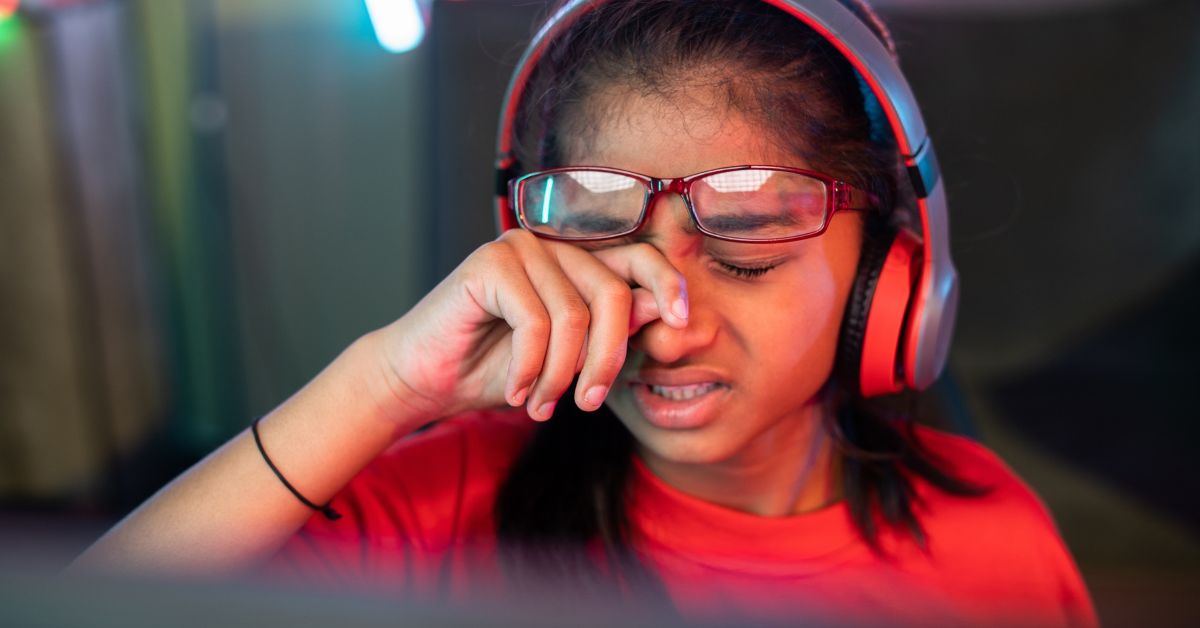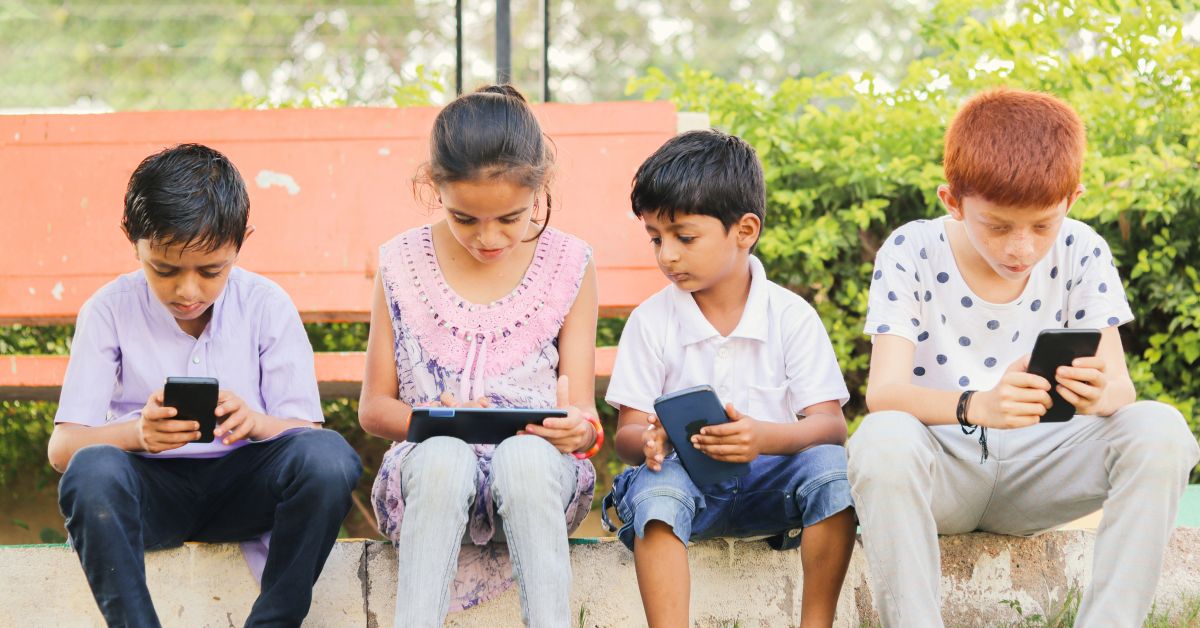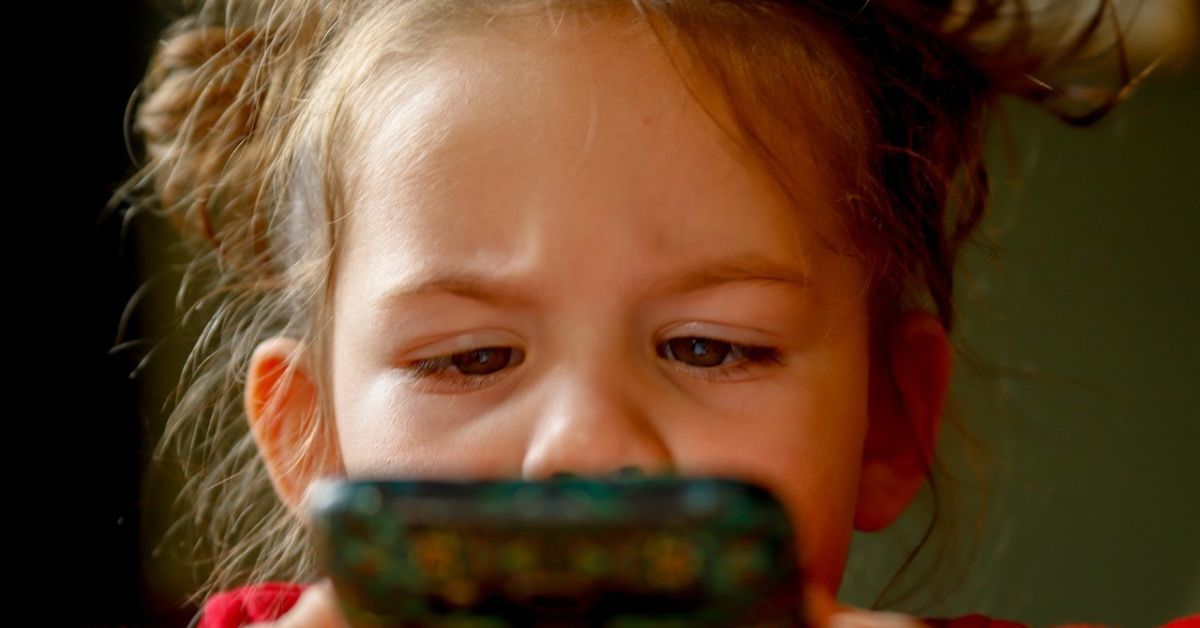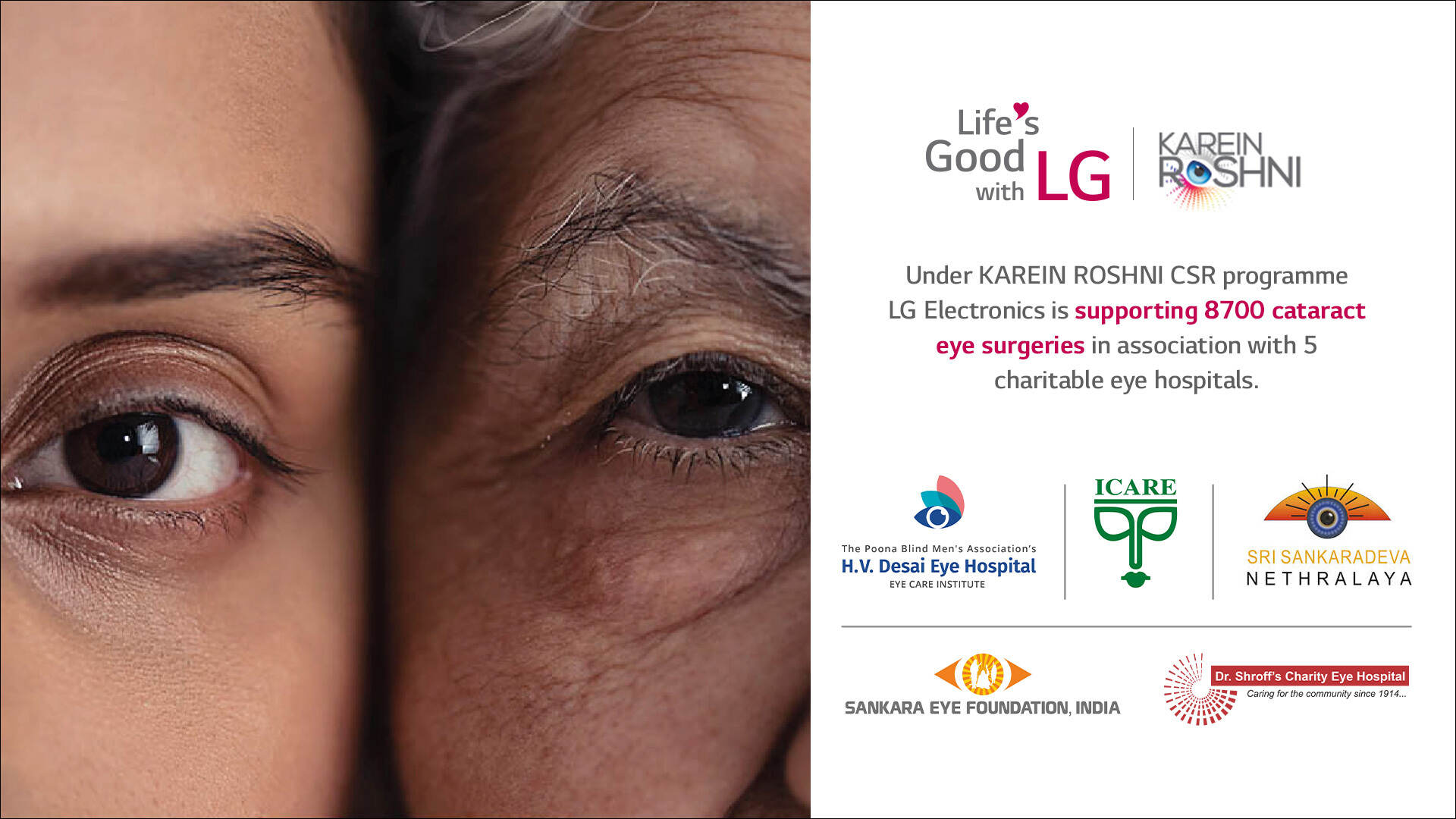Damage of Excessive Screen Time on Children: 6 Ways to Fix It
Eliminating digital devices from children’s lives seems near impossible as the world increasingly moves online, but Dr Umang Mathur shares six ways we can mitigate the damage of excessive screen time on children.

This article has been sponsored by LG Electronics.
With rising reliance on online education amid the COVID-19 pandemic, children have now been forced to spend more time staring at digital screens like computers, tablets, TVs, and smartphones than ever. The increased screen time can take a toll on their vision and well-being, making them prone to problems such as eye strain, dry eye, and blurry vision at a young age.
While the most obvious advice is to simply reduce their screen time, it has become unavoidable due to increased dependence on digital devices for educational purposes.
Dr Umang Mathur, CEO of Delhi-based Dr Shroff’s Charity Eye Hospital, says, “Increased screen time in children is quickly becoming a physical, cognitive, and socio-emotional development concern.”

He lists eye problems caused by excessive screen time:
1) Digital eye strain
Prolonged use of digital devices can cause eye strain, which is characterised by symptoms such as dry eyes, headaches, blurred vision, and neck and shoulder pain.
“When using a screen, we tend to blink less, causing the eye surface to dry out. Children who spend more time on their smartphone are more likely to have dry eyes, which can cause blurry vision and discomfort. If your child is glued to digital devices, eyes may become fatigued due to strain on eye muscles,” he says.
Other symptoms of eye strain include headaches, blurred or double vision, and light sensitivity.
2) Myopia
Several studies have published that children who spent more time on screens amid the pandemic have a higher risk of developing myopia — a condition in which close objects appear clearly, but far ones do not.
“There is evidence to suggest that excessive screen time during childhood may increase the risk of myopia (near-sightedness). Children who spend more time indoors and on screens are likely to spend less time outdoors, which is associated with a lower risk of myopia,” he adds.

3) Blue light
Digital screens emit blue light, which can contribute to digital eye strain and disrupt sleep.
Considering the fact that most parents are unable to completely eliminate digital devices from their children’s lives, the doctor suggests that the best parents can do to protect their child’s eyes is to impart healthy screen time habits to them.
He lists six good habits that can prevent eye strain in children.
1) A 20-minute screen break
Encourage children to take breaks from screens every 20 minutes and limit screen time to no more than two hours of recreation time per day.
2) The 20/20 rule
During any concentrated visual task, encourage your child to break focus every 20 minutes and focus on something at least 20 feet away for 20 seconds. “This allows the eyes to relax and return to their natural position and baseline settings. Adults should use this trick too,” advises the doctor.

3) Adjust screen distance and position
Looking up at screens widens the eyes and dries them out quicker. It is advised that the screen should be slightly below their eye level. Another guide for screen distance is the 1-2-10 rule. According to this rule, mobile phones should ideally be one foot away, laptops and computer screens should be two feet away, and televisions should be 10 feet away from children’s eyes.
4) Adjust the brightness and contrast settings on screens to reduce eye strain and use a blue light filter to reduce exposure to blue light.
5) Encourage children to spend more time outdoors, as this could help reduce the risk of myopia.
6) Schedule regular eye exams for your child to ensure early detection and treatment of any eye.
“While embracing the benefits of a highly digitalised world, we need to simultaneously mitigate the potential risks they pose to the eye health of growing children,” says Dr Umang.
“To minimise the negative effects of screen time on children, parents must limit the amount of time children spend in front of screens, encourage physical activity and social interactions, and prioritise activities that promote healthy physical and cognitive development,” he adds.

LG Electronics India, in association with five leading charitable eye care hospitals including Dr Shroff’s Charity Eye Hospital, has launched a unique initiative called ‘Karein Roshni’. Under the programme, LG Electronics is supporting 8,700 cataract eye surgeries of visually impaired people to help them regain vision.
The views and opinions expressed in this article are those of the expert and do not necessarily reflect the views or position of LG. This should not be considered a substitute for medical advice. Please consult your treating physician for more details.
Edited by Divya Sethu
If you found our stories insightful, informative, or even just enjoyable, we invite you to consider making a voluntary payment to support the work we do at The Better India. Your contribution helps us continue producing quality content that educates, inspires, and drives positive change. Choose one of the payment options below for your contribution- By paying for the stories you value, you directly contribute to sustaining our efforts focused on making a difference in the world. Together, let’s ensure that impactful stories continue to be told and shared, enriching lives and communities alike. Thank you for your support. Here are some frequently asked questions you might find helpful to know why you are contributing?

This story made me
-
97
-
121
-
89
-
167

















